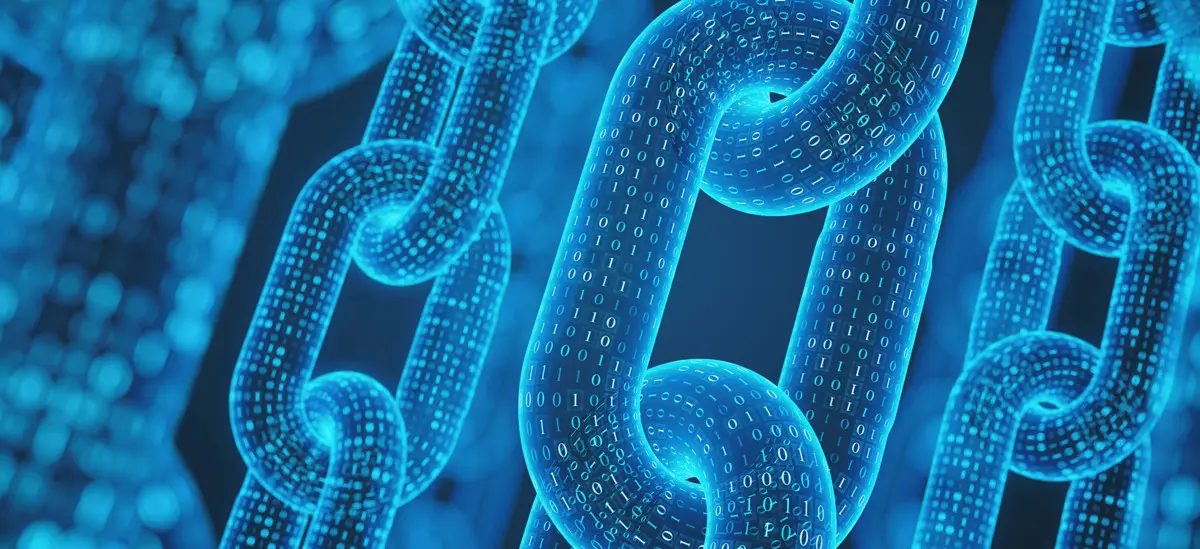
Althea L1 Blockchain Engineering
Althea L1 Blockchain For the Rest of Us: From router firmware basics to working with Cosmos
Let’s discuss decentralized physical infrastructure
-
Let’s discuss decentralized physical infrastructure
Justin Kilpatrick’s presentation on “Scaling Real-World Assets, Not Blockspace” focuses on the unique scaling approach taken by Althea, particularly in the context of decentralized physical infrastructure. Here are the key points from his presentation:
-
Introduction to Althea: Kilpatrick introduces Althea as a decentralized project aimed at transforming physical infrastructure. He emphasizes that the talk is about the Layer 1 (L1) blockchain built to support Althea, offering an alternative perspective on scaling challenges that dominate blockchain design discussions.
-
Althea’s Unique Scaling Needs: Unlike traditional DeFi-focused blockchain projects that prioritize increasing block space for financial transactions, Althea addresses the scaling of real-world assets, specifically bandwidth for internet access. This requires different scaling solutions due to the physical nature of bandwidth as a commodity.
-
Microtransactions for Bandwidth: Althea enables devices to buy and sell bandwidth from each other using microtransactions. This model is designed to create a market for bandwidth that is more efficient and accessible than traditional models tied to a few major providers.
-
Scaling Solutions and Block Space Requirements: Kilpatrick argues that for Althea’s purposes, massive block space is not necessary. The frequency and size of transactions are constrained by the latency and finality speed of the system rather than the need for more block space. This insight led to the selection of Tendermint Consensus on a Cosmos-based platform for Althea, providing sufficient finality time and avoiding the need for centralized sequencers.
-
Decentralization and Efficiency: The presentation highlights that Althea’s L1 blockchain uses a hybrid platform that efficiently processes bandwidth transactions. This approach allows for the integration of an EVM for DeFi applications, but with a focus on optimizing bandwidth transaction throughput rather than maximizing EVM throughput.
-
Instant Finality and RPC Challenges: Kilpatrick discusses the importance of instant finality for real-world asset transactions and the challenges associated with Remote Procedure Call (RPC) loads in decentralized networks. He suggests that light clients and more efficient query handling are essential for supporting the vast number of devices participating in Althea’s network.
-
Data Availability and Light Clients: The talk concludes with the assertion that data availability is a logistical problem that can be addressed through distributed storage and queries across a large number of nodes. Kilpatrick stresses the need for lighter weight clients to increase node participation and reduce the maintenance burden.
Overall, Justin Kilpatrick’s presentation outlines Althea’s innovative approach to scaling real-world assets through blockchain technology, emphasizing the importance of tailored solutions for decentralized physical infrastructure over traditional blockchain scaling debates centered on block space and financial transactions.
-
Log in to reply.


